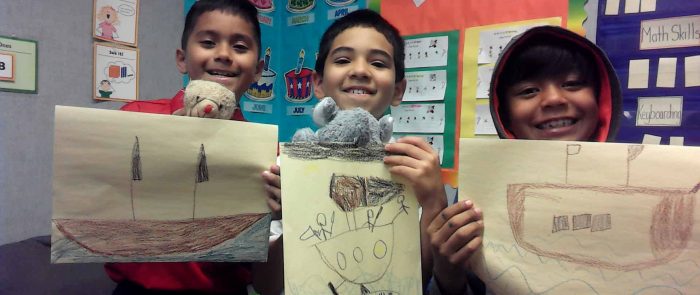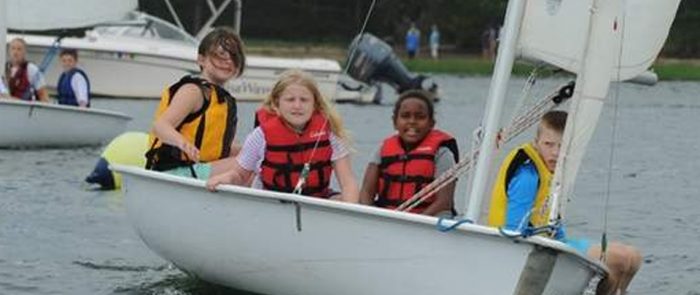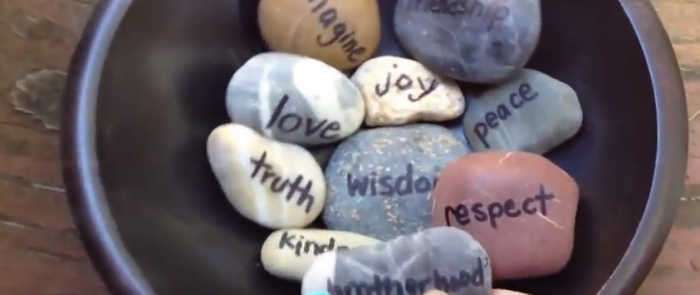OPEN YOUR MIND TO THE POWER WITHIN YOU
Here’s how to use your innate ability to combat stress
By Dr. Roxanne Daleo
Many people know the mismanagement of stress weakens, not only, our immune system’s ability to fight infection, colds, inflammation, head and stomach aches, but also, causes emotional conditions such as anxiety, depression, and sleep disturbance.
The truth is, not everyone knows that we have an innate ability to combat stress that returns the body to homeostasis or balance. This innate ability actually reverses the stress response.
Stress hormones trigger a chemical response, a kind of rush of energy. This rush of energy called the fight or flight response allows the body to run from danger or stand and fight, as our ancestors did in caveman days when we had to escape the saber-tooth tigers and such!
But today, we don’t have that problem, we have “invisible tigers” which are our thoughts of danger that turn on the stress response and never shut it off! Prolonged, without relief, our body under stress will cause us to experience mind/body symptoms.
It is your thoughts that drive your body’s response to stress. So if you want relief, you have to stay present and not let your thoughts take you for an unnecessary ride. It’s as if your mind has a mind of it’s own. Your thoughts can make you sick. So can your thoughts make you well.
But in order to feel relief, you have to learn how to tame your invisible tigers. Some kids are so used to being unhappy and stressed, they are addicted to their response. They may even think nothing will help.
If you want relief, you have to be willing to try something different, even if it’s unfamiliar. You just have to stay present long enough to change three things:
The thoughts that you are thinking
The behaviors and habits you do
The emotions you’ve memorized and identify as you (like “it’s just the way I am!”)
These three things are your habits. Habits of thinking, behaving and feeling; and the GOOD NEWS is you can change all three!
You see, learning a new skill changes your brain by making new connections. When you try something new you are firing and rewiring your brain. Isn’t that great? You have within you an innate intelligence that can restore your system, like installing a new computer program all you have to do is be willing to learn something new.
When you do, your recovery time shortens; you get out of stress mode quickly. You feel more resilient, confident and calm.
The most common ways to shift gears is listening to music, going outdoors for a hike in the forest. physical rhythmic exercise like running, biking, swimming or rowing. If you’ve done all these you may want help from a professional who will know exactly how to unlock your habits so you can train your brain and get lasting results.
Consider this: while your friends are doing the same things over the weekend, you could be learning to use the power of your mind, improving your outlook and getting ahead of the pack!










